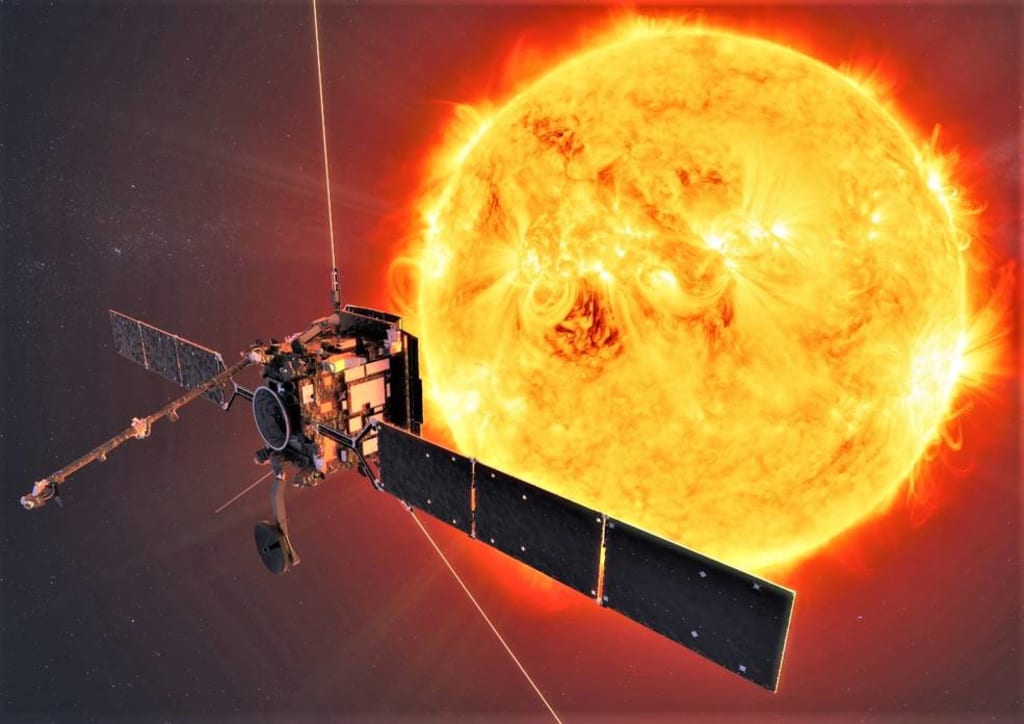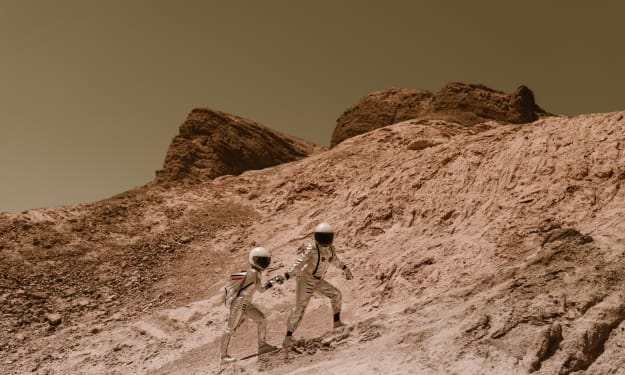ISRO's Aditya-L1 Solar Mission: A New Dawn of Solar Exploration and Space Weather Insights
Studying the Sun's Secrets: India's Aditya-L1 Mission to Unravel Solar Mysteries from the L1 Orbit

In the wake of its recent triumph with the Chandrayaan-3 lunar mission, the Indian Space Research Organization (ISRO) is gearing up for yet another remarkable endeavor. Scheduled for a potential launch on September 2nd, the Aditya-L1 mission is set to mark a significant milestone in India's space exploration history as it embarks on a journey to study the Sun.
The Aditya-L1 mission's primary objective is to observe and study the Sun from an orbit around the Lagrangian Point 1 (L1), which is located approximately 1.5 million kilometers away from Earth. This unique vantage point offers continuous, unobstructed views of the Sun, allowing scientists to monitor solar activities and their influence on space weather in real-time. The mission is a fully indigenous effort, showcasing India's prowess in space technology.
The spacecraft is equipped with seven advanced payloads that will scrutinize various aspects of the Sun. These payloads will delve into the photosphere, chromosphere, and corona of the Sun, capturing vital information in different wavebands. Notable contributions come from esteemed national institutions, including the Indian Institute of Astrophysics (IIA) and the Inter-University Centre for Astronomy and Astrophysics in Pune, which have developed crucial components for the mission.
The Aditya-L1 mission's capabilities encompass a wide range of observations. The Visible Emission Line Coronagraph payload, developed by the IIA, will focus on the solar corona. Simultaneously, the Solar Ultraviolet Imager payload from the Pune-based center will provide insights into the solar chromosphere. The mission's X-ray payloads will aid in studying solar flares, while particle detectors and magnetometers will offer valuable information about charged particles and magnetic fields around the L1 orbit.
By exploring the coronal heating problem, coronal mass ejections, and solar eruptive events, the Aditya-L1 mission aims to decipher the enigmatic behavior of the Sun. The mission's objectives include understanding the dynamics of the solar upper atmosphere, investigating the physics of partially ionized plasma, and analyzing the initiation of coronal mass ejections and solar flares. Additionally, the mission will shed light on space weather dynamics, particle propagation, and the mechanisms behind solar corona heating.
One of the mission's key advantages lies in its placement within a halo orbit around the L1 point. This strategic positioning enables continuous observation of the Sun without any interference from eclipses or occultations. As a result, scientists anticipate obtaining a wealth of real-time data, which will contribute significantly to our comprehension of solar phenomena and their impacts on space weather.
The Aditya-L1 mission holds the promise of advancing our understanding of the Sun's complex dynamics and its profound influence on Earth's environment. It will provide crucial insights into the temperature, velocity, and density of the solar corona and loops. Additionally, the mission aims to identify the sequence of processes that lead to solar eruptive events, study the magnetic field topology in the solar corona, and uncover the origins of solar wind – a driver of space weather.
As the Aditya-L1 spacecraft readies for launch, anticipation and excitement are building in both the scientific community and the public. This mission not only demonstrates India's technological capabilities but also reaffirms ISRO's dedication to unraveling the mysteries of the universe. The solar insights garnered from this mission will not only enhance our understanding of fundamental astrophysical processes but will also have practical implications for space weather prediction and safeguarding technological infrastructure on Earth.
In conclusion, the Aditya-L1 mission stands as a testament to India's growing influence in space research and exploration. With its advanced payloads, unique vantage point, and dedication to unraveling the Sun's secrets, this mission is poised to make a lasting impact on our understanding of the cosmos. As the launch date approaches, the world eagerly awaits the wealth of knowledge that this remarkable mission will bring, fostering a new era of solar exploration and understanding.





Comments
There are no comments for this story
Be the first to respond and start the conversation.